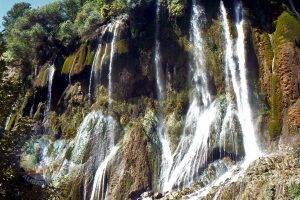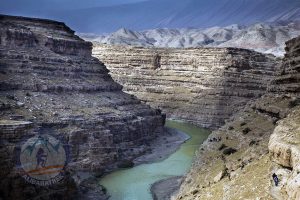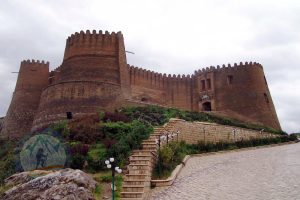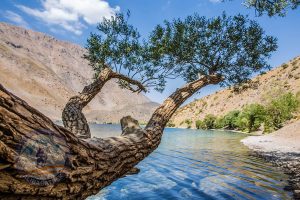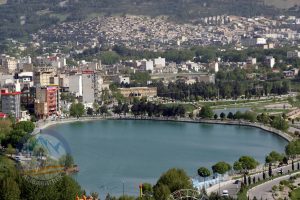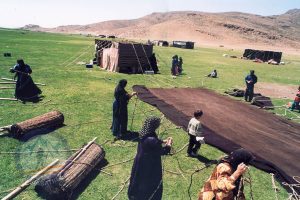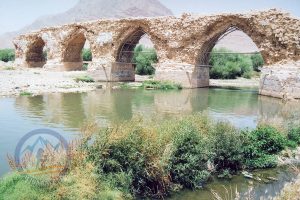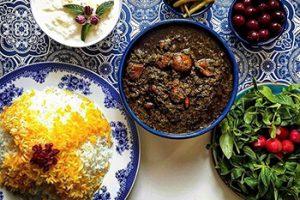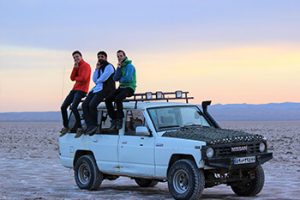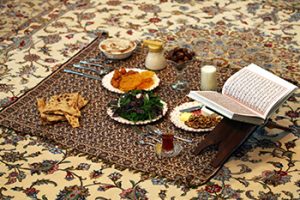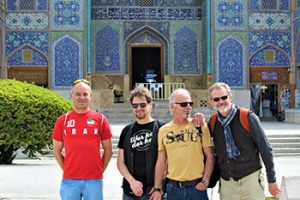lorestan
Nicknamed the natural capital of Iran; waterfalls and green scenic hills abound as well as a distinct culture and language
Lorestan, meaning ‘Land of the Lurs’, is a historical and geographical region in western Iran and is one out of the 31 provinces in the country. It extends from the Iraqi border and Kermanshah to the west and separates from Khuzestan in the south. Lorestan has been hailed the “natural” capital of Iran due to its richness in natural elements, high level in biodiversity and four seasons climate.
Lorestan is home to many mountains of the humongous Zagros range which lie northwest-southeast; there are lush green fields, with rivers running through as well as oak forests, maple trees, almond, and walnut, making this region a geographical gem among the drier climates usually found in central plateau Iran.
Lurs are Iranian aboriginals with heavy Persian and Arab mixtures. They speak a dialect of Farsi and consider themselves as Shia Muslims, uniting themselves with the almost all of the rest of the country. Not long ago, nearly all Lurs were nomads, but it was under the reign of the last Pahlavi shah that they were settled in an extensive urbanization program; now only a few of them continue their traditional nomadic pastoral lifestyles.
Rich with ancient history and home to some bygone civilizations of earlier ages such as the glorious Medes, Lorestan stands out as one of Iran’s most notable historical and archeological regions to visit. The Luristan Bronzes, (spelled so in English) noticeable for their diverse range of Babylonian, Iranian and Assyrian artistic designs, go back to prehistoric periods. These bronzes were excavated mostly from tombs near Kermanshah, west of Lorestan.
Farming and cultivation is the cornerstone of the region’s economy; vegetables, fruits, rice, barley, wheat, and cotton are among the harvested crops as well as industries that produce sugar, processed foods, fabric, and cement.
Falak-ol-Aflak
This gigantic eight-towered fortress oversees the city of Khorramabad from a large highland with the same name. At nights, Falak-ol-Aflak looks especially sizeable when lit from below with orange lamps. As you walk into the entrance you will pass through trinket vendors and into the main courtyard; there you can wear the traditional Bakhtiyari costumes and pose for a picture looking like a native. Locals and tourists usually come here and socialize, especially on summer evenings and nights when kebab and tea shops set their base up around the majestic fortress.
Formerly a prison and recently turned museum, a special part of the castle has prisoners in wax figures with their traditional clothing standing around for the visitors to see.

Gahar Lake
A pristine alpine lake is curled up between the monstrous mountains of Oshtorankuh range. The lake and the area leading up to it is protected by the government as a nature reserve. The hike to the lake is a relatively easy one and can be done by amateur hikers; it is one of the more rewarding hikes in the western part of Iran. If hiking is not an option, the car ride from Dorud and Aligudarz, the neighboring cities of the lake, to the lake can be as breathtaking. If camping, don’t forget to bring your sleeping bag, plenty of food, and a fully-charged power bank since there is no electricity there. Do check with the Environment Dept. of Dorud before taking the trip since it is a protected nature reserve. Best season to do the hike is late spring and early summer.
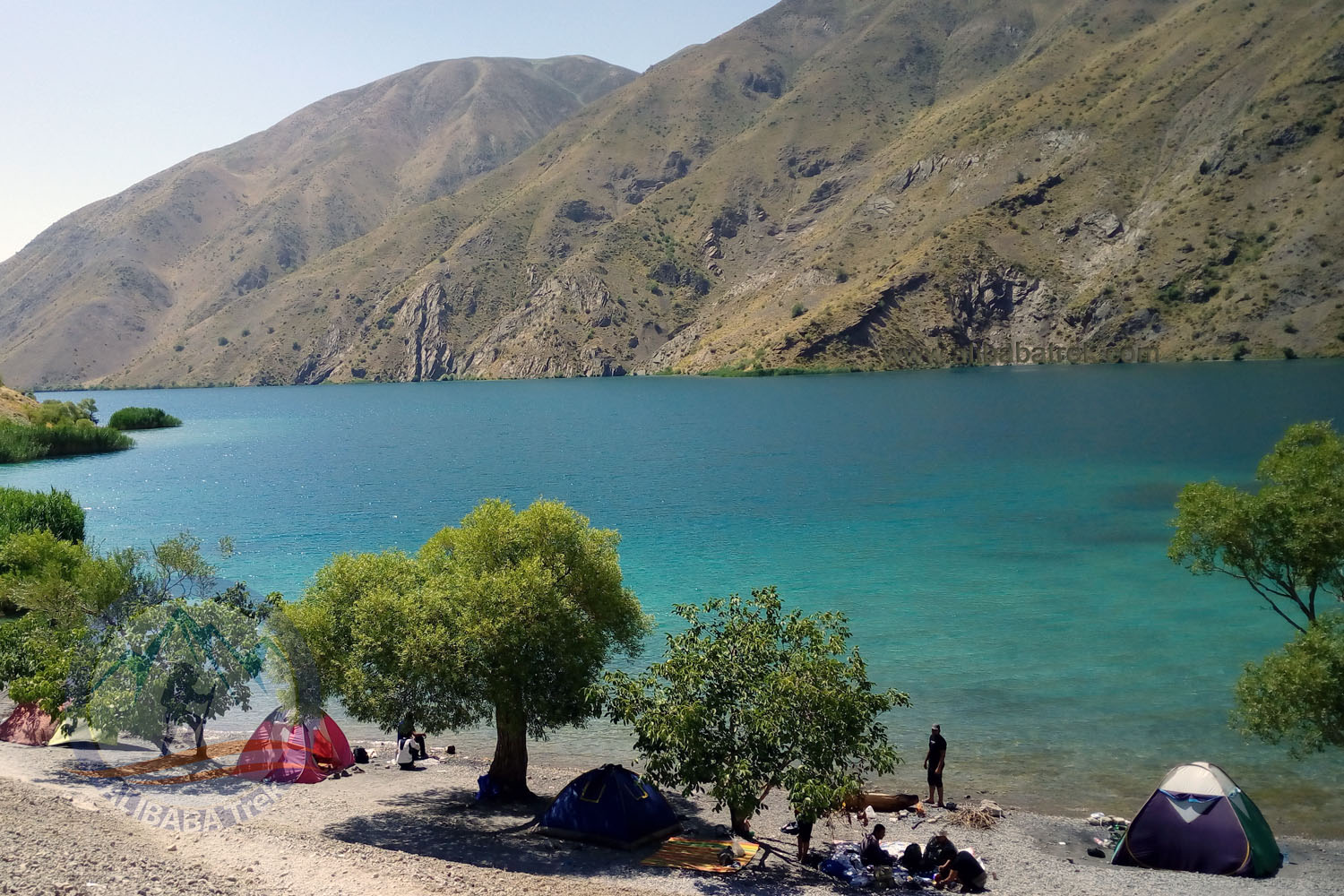
Darreh Khazineh
Gaining more recognition recently, Darreh Khazineh, a set of valleys and canyons near Pol-e Dokhtar, has been hailed as the Grand Canyon of Iran. Seymareh River snakes its way through these canyons and makes it a great site. Now a tourist’s favorite, there is also an 85-meter high suspension bridge in this spot, built when researchers were evaluating the possibility of constructing a dam over the river in 2005, connecting two canyons together.
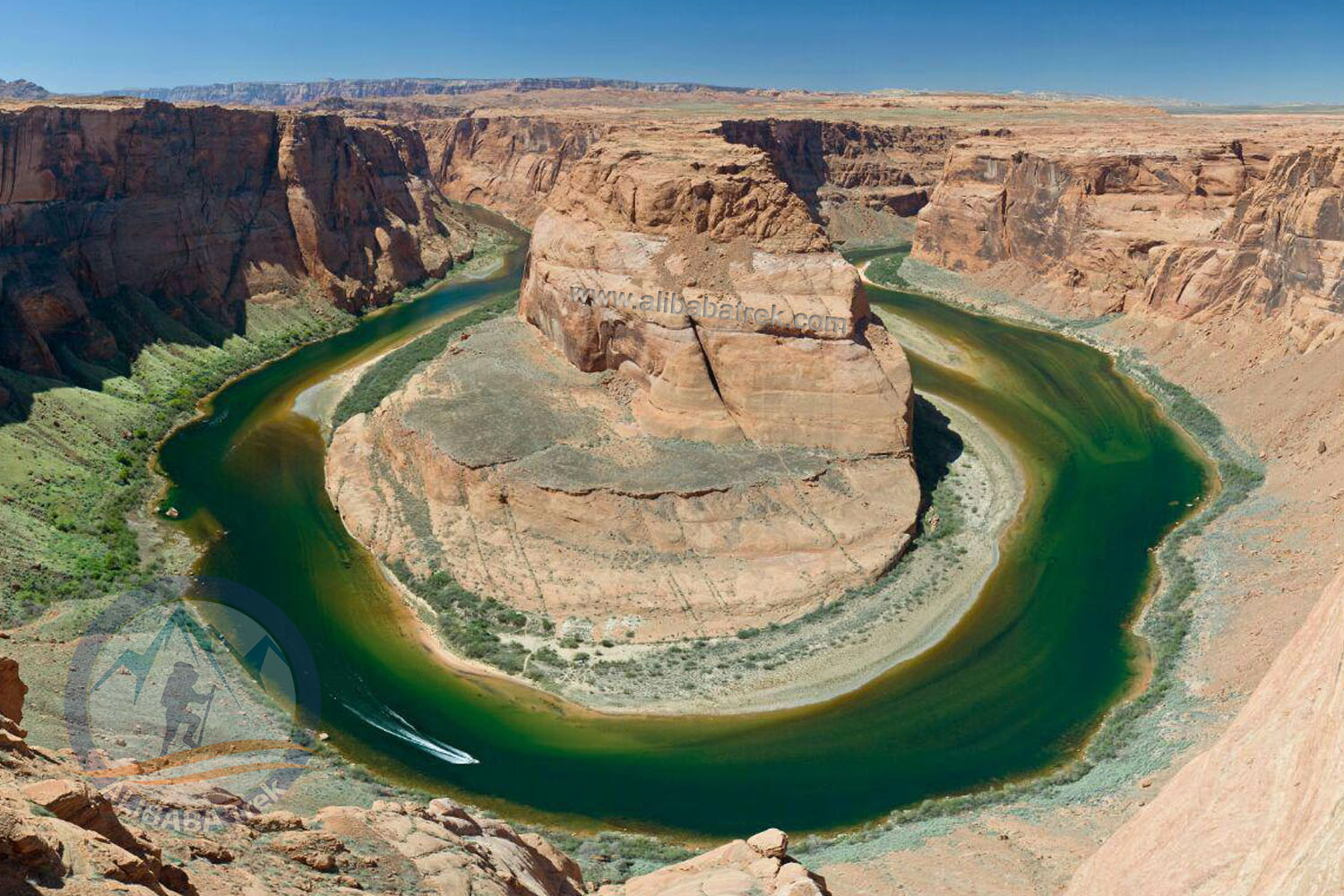
Broken Shapuri Bridge
Broken Shapuri Bridge, simultaneously constructed with Falak-ol-Aflak fortress during the reign of the Sassanid King, Shapur I, is situated in the southern part the castle in Khorramabad. Being about 330 meters long, the bridge makes for one of the largest stony bridges in the country; it was originally planned to connect the two ancient cities of Susa and Ecbatana so that traveling caravans and Persian military could pass the river. Out of the 26 arches, only 6 remain.

Brick Minaret
Brick Minaret is a thousand-year-old plump tower standing tall in the south of Khorramabad, close to Falak-ol-Aflak and Shapuri Bridge. The 30-meters high tower is placed on an elevated stone platform and is as wide as 4.5 meters. Now a touristic site, it was originally erected to guide traveling caravans – especially when a fire was lit at its top at nights – and work as a protective watchtower for the local people. The remaining stucco and stone work around Brick Minaret indicate that it was part of a series of adjacent buildings including a mosque and a caravanserai. About a hundred steps inside the tower leading up to the top. In 1997, Brick Minaret was inscribed on the National Heritage Site list.


Keeyow Lake
Keeyow Lake, the only natural city lake in Iran, is located in the northwestern part of Khorramabad, the capital of Lorestan Province. Keeyow covers a 7-hectare area and can get as deep as 7 meters. There are several recreational facilities available close to the lake, including an amusement park, shuttle boat rides, and biking and jogging places. Keeyow is also the sanctuary for a range of migratory and native birds as well as aquatic other animals.

Lorestan Photo Gallery
General Info
- Population: 1,760,649
- Area: 28,294 km2 (10,924 sq mi)
- Elevation: 1,574 m (5,217 ft)
- Climate: warm and temperate
- Avg. Annual Temperature : 16.9 °C
- Culture & Adventure


A journey to the amazing cities of western Iran
Enjoy visiting historical western cities of Iran with this Iran tour package. This Iran travel tour includes visiting Qom, Lorestan, Susa, and Isfahan. So, spend 13 days with this Iran tour to explore the rich culture of Iranian western cities thoroughly.
- 13 Days
- 4 Seasons
- Phys. Rating: 1 out of 5


